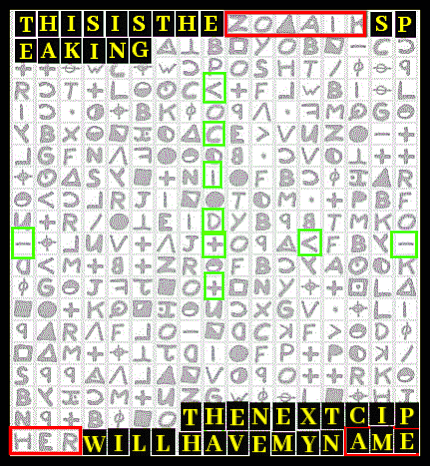

#HOROLOGY CIPHER PROFESSIONAL#
Professional standardsĪlways work to a professional and responsible standard. If your insurance does not cover objects left for repair you must inform your customer, and obtain and record acknowledgement of this. InsurancesĬonsider the need to insure yourself against risk, especially public liability and, where appropriate, employer’s liability. It is good practice to return to the customer any broken or replaced parts. Submit a detailed invoice, and include relevant test results. Keep records, with dates, of the work you carry out, parts fitted, customer’s instructions and authorisations, and any test results. Identify each item clearly, including pendulums, weights and other loose parts, using a job card, tag or similar. Take good care of your customer’s property. State whether any applicable taxes are included. an indicative price +/- 15%), and record yourĬustomer’s acceptance. a firm and fixed price) or an estimate (i.e. Make sure that your customer understands whether you have given a quotation (i.e. Provide your customer with a written price as soon as possible for all work, except for very minor or while-you-wait tasks, and indicate how long the work is likely to take. You are encouraged to photograph all items as you receive them, both to show the state of the item before work was begun and to help in case of disputed identification. If extra work becomes necessary, obtain and record the customer’s consent, before starting the additional work, for the extent, additional cost and any delay involved. If the item will need to be dismantled before you can indicate your price, obtain and record your customer’s consent, and explain any charge that this may incur. Note on this receipt and in your records the condition of any item before accepting it for work, and point out to your customer any obvious defects or faults. Issue a receipt for any item taken in, either for assessment or repair. This, the latest issue of the Code, was published by the BHI Board of Directors in January 2009. All members of the Institute, qualified and unqualified, are bound by this code.
#HOROLOGY CIPHER CODE#
This code applies to the repair, restoration and conservation of clocks, watches and other horological items. While our members have agreed to abide by the BHI’s Code of Practice, the BHI is unable to intervene in disputes that may occur between repairers and clients, and recommend that wherever possible such issues are resolved amicably and avoid legal recourse if at all possible. The people you find on our professional register have satisfied the BHI’s stringent requirements for accredited membership, so you can be confident about their skills and experience.Īll these members have agreed to abide by the BHI’s Code of Practice (see below).


 0 kommentar(er)
0 kommentar(er)
